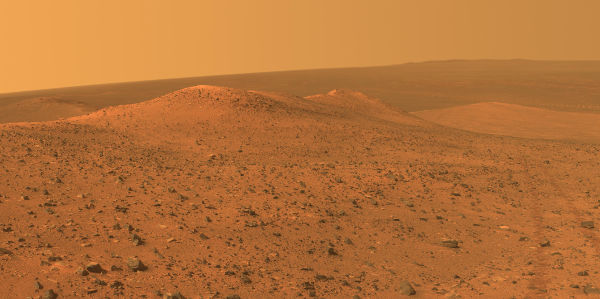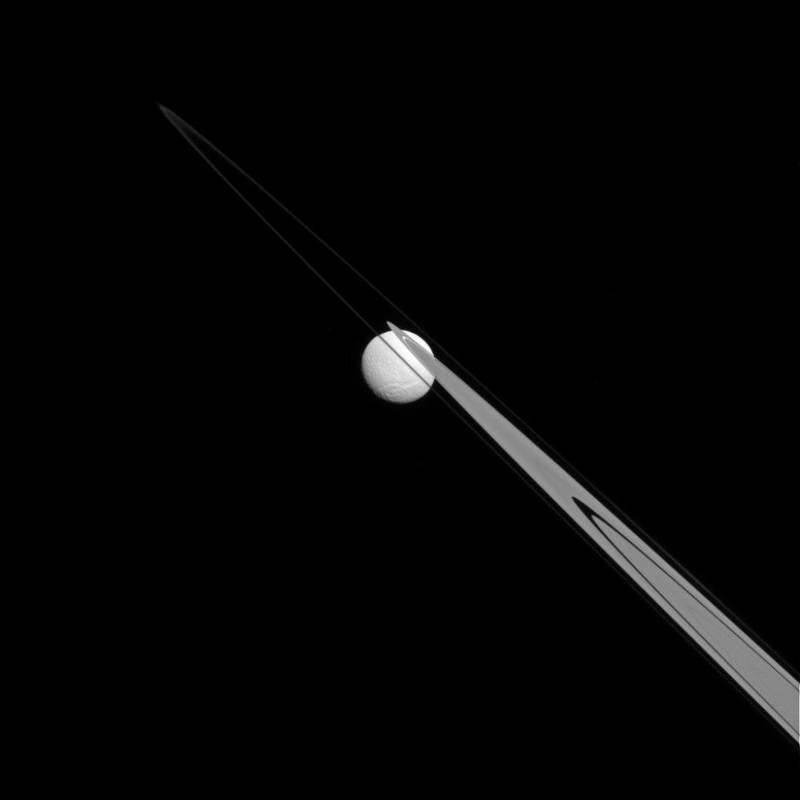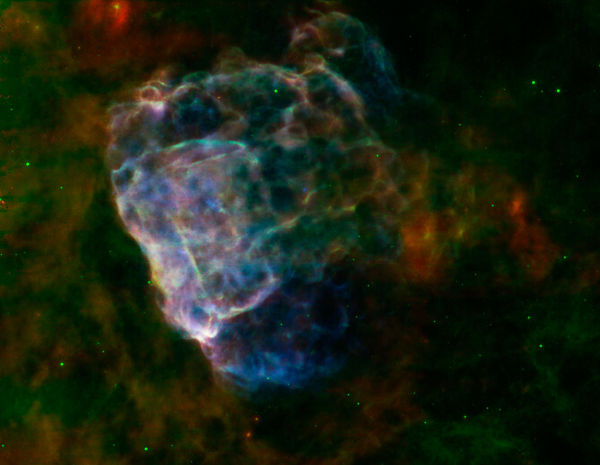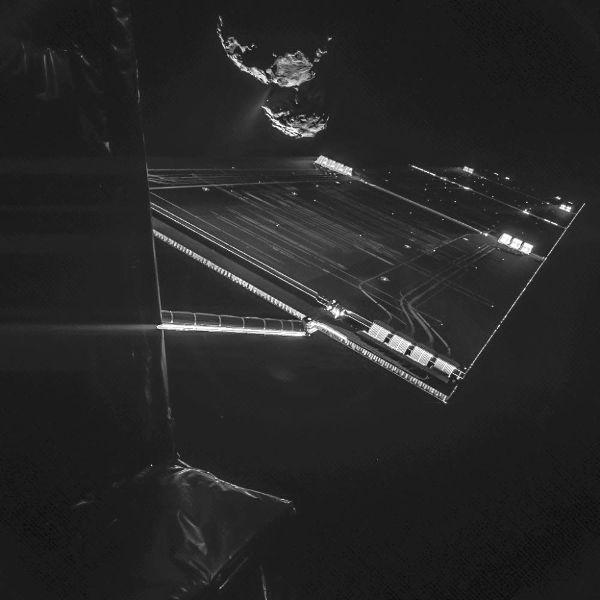
NASA’s Mars Exploration Rover Opportunity took this picture on its 3,786th Martian day on the planet. Taken with its panoramic camera, this approximate true color image shows the rocky terrain of the Wdowiak Ridge and the rover’s previous tracks on the right. This ridge is named after Opportunity science team member Thomas J. Wdowiak who passed away in 2013. It stands on the western rim of Endeavour crater just west of the rim’s main crest line.



